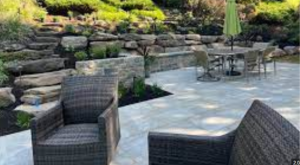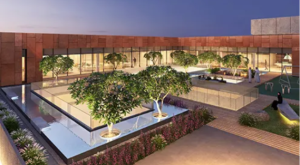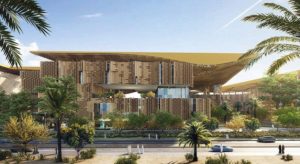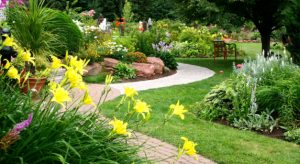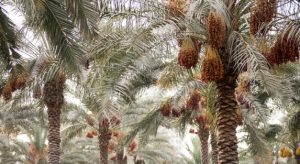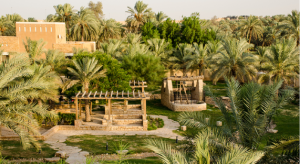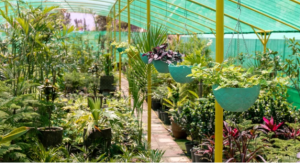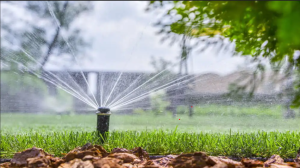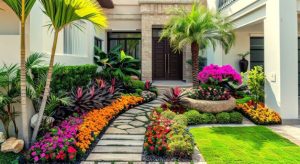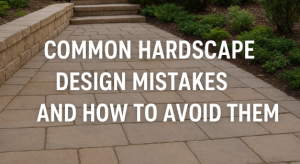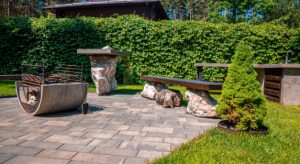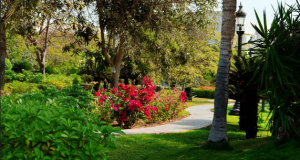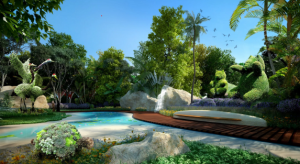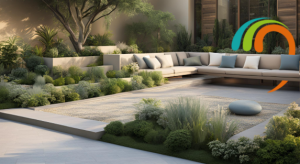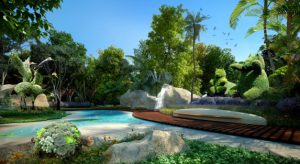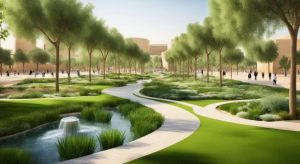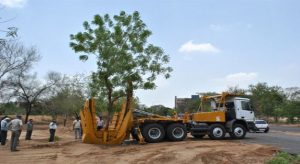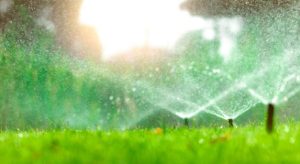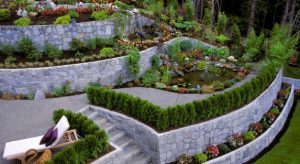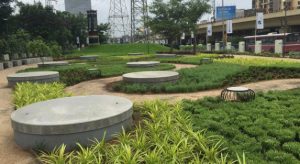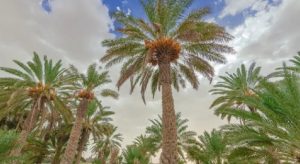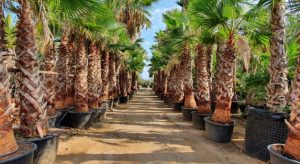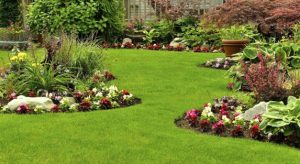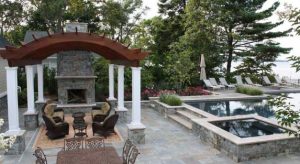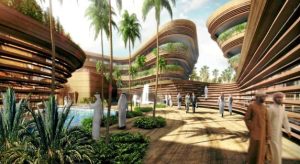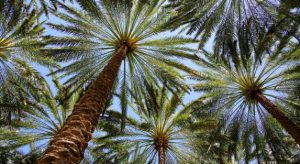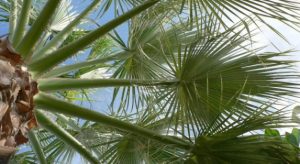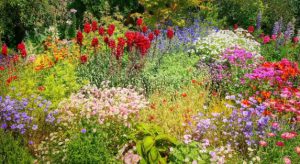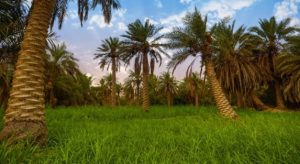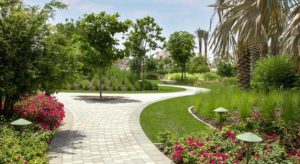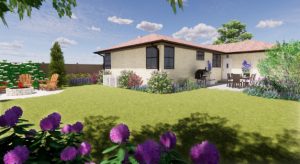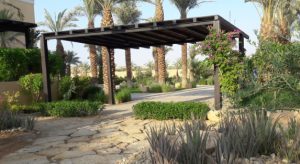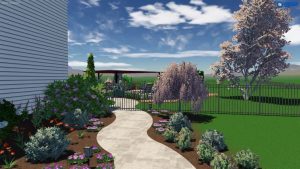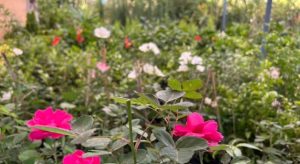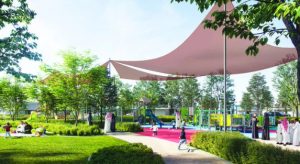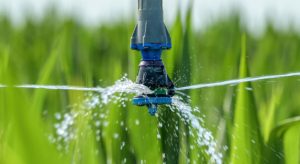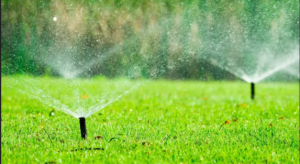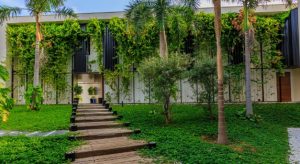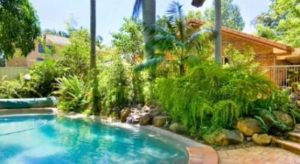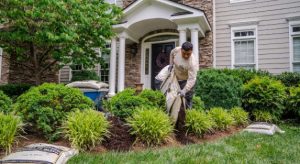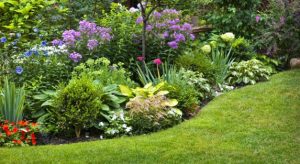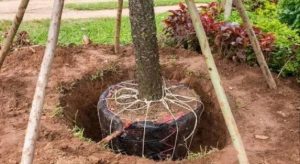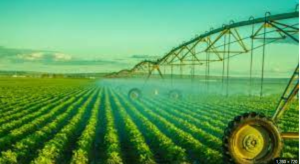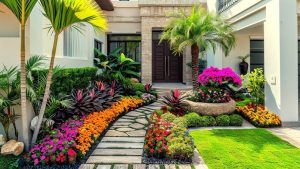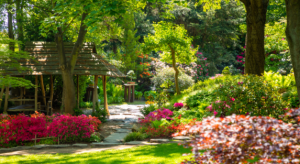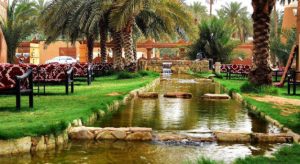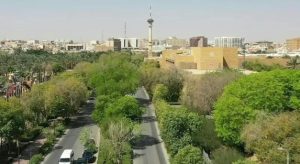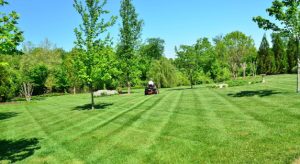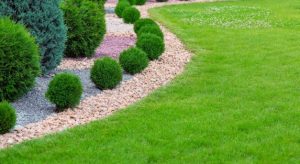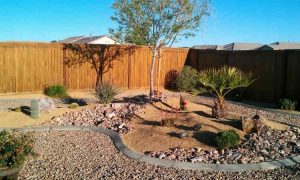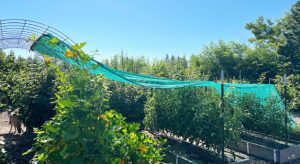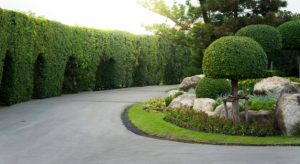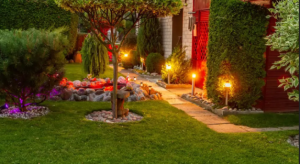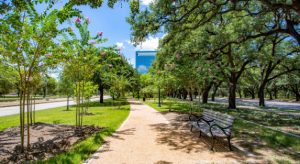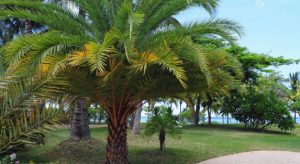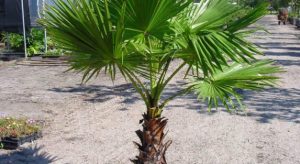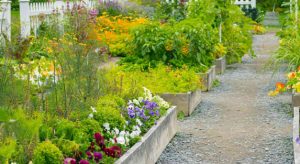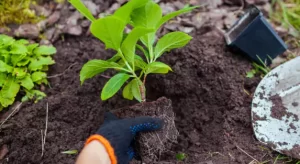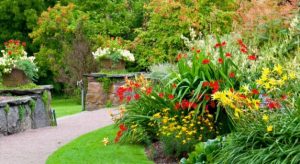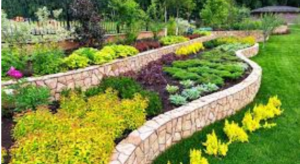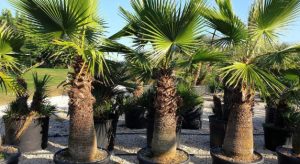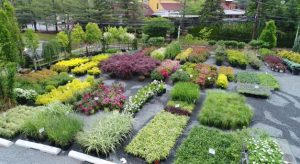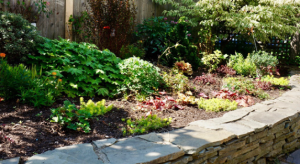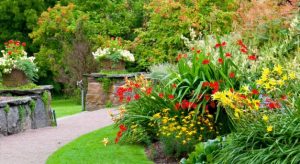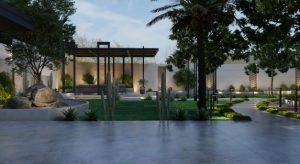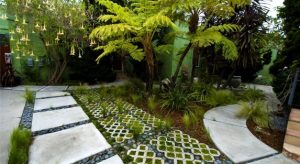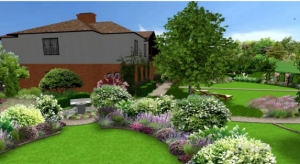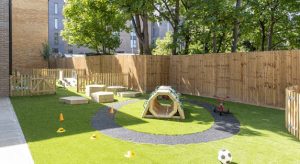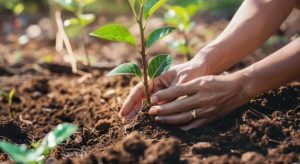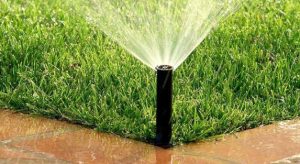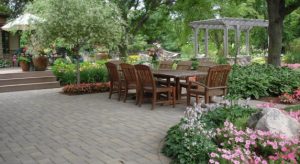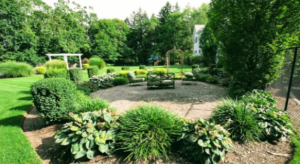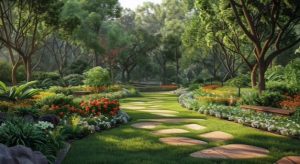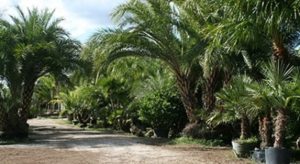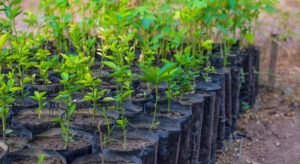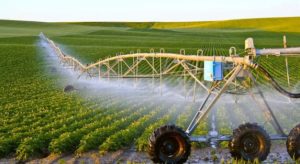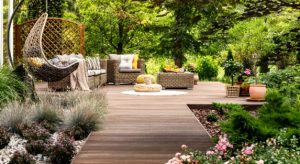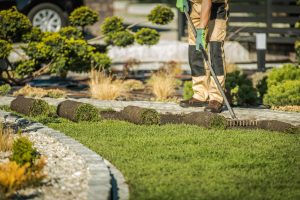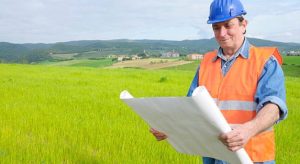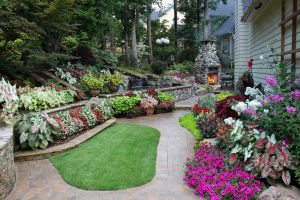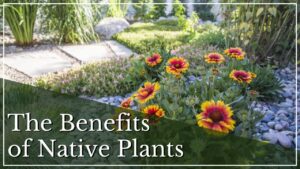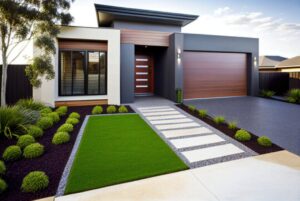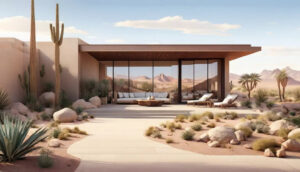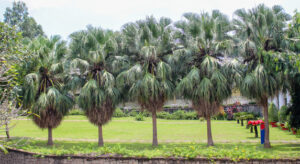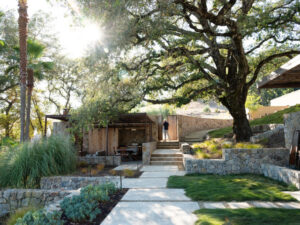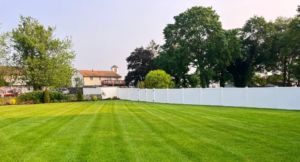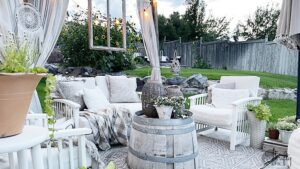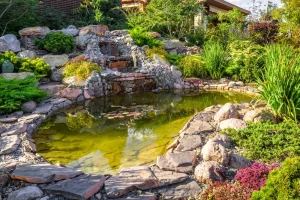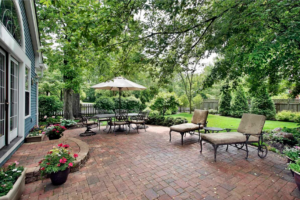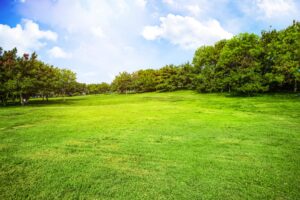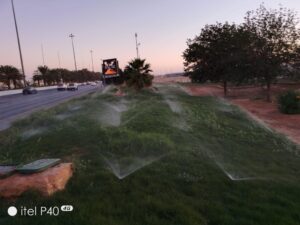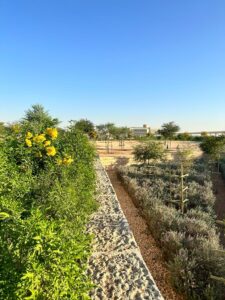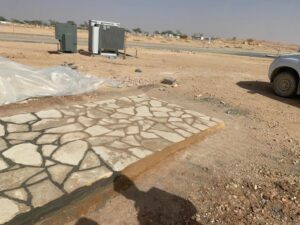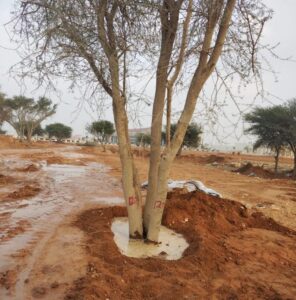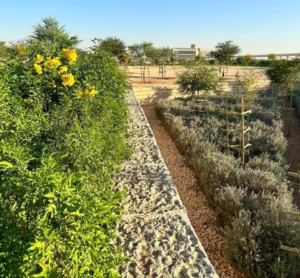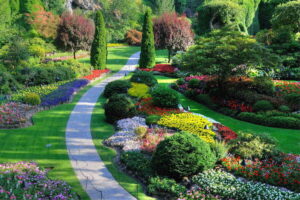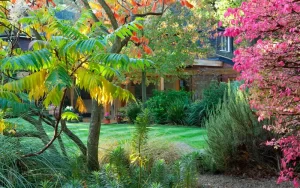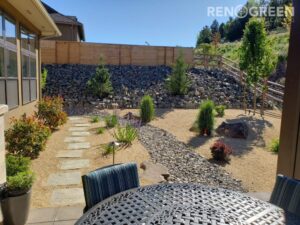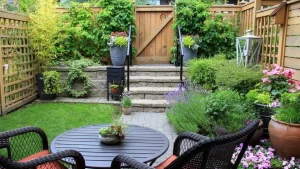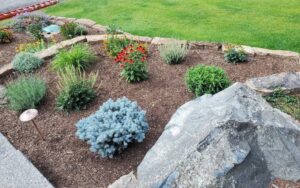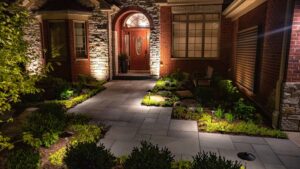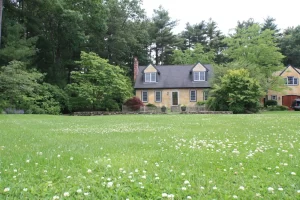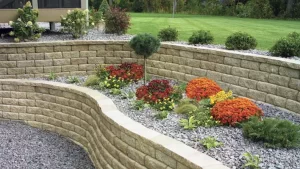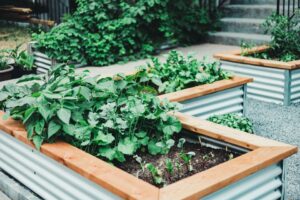Common Hardscape Design Mistakes and How to Avoid Them
26 September, 2025
Introduction: The Importance of Smart Hardscape Design
Hardscape landscaping design in Saudi Arabia has seen a significant rise in popularity among homeowners, businesses, and property developers. With the country’s growing urbanization and emphasis on luxury outdoor spaces, hardscape features such as patios, walkways, retaining walls, pergolas, and water features have become essential elements for transforming gardens and courtyards into functional and aesthetically pleasing environments. However, designing an outdoor space is far more complex than it might initially seem. Mistakes in planning, material selection, or execution can quickly turn a promising project into a costly, maintenance-heavy, or visually unappealing one.
Unlike soft landscaping, which involves plants and greenery that can adapt and grow, hardscape elements are permanent and require precise planning, technical knowledge, and foresight. Missteps not only affect the appearance but can also compromise safety, durability, and long-term usability. Moreover, Saudi Arabia’s unique climate—with its extreme heat, arid conditions, occasional sandstorms, and infrequent but intense rainfall—adds another layer of complexity to designing sustainable outdoor spaces. Choosing inappropriate materials or ignoring environmental conditions can result in cracking, fading, or structural failure over time.
Understanding the most common hardscape design mistakes is therefore essential for anyone planning outdoor improvements. By identifying pitfalls related to space planning, drainage, material selection, climate considerations, and integration with softscape elements, homeowners and designers can save time, money, and frustration. This guide explores each of these areas in depth, offering practical tips and expert advice to avoid costly errors and create harmonious, durable, and visually appealing hardscape landscapes in Saudi Arabia. By taking a strategic and informed approach, you can ensure that your outdoor spaces remain both beautiful and functional for years to come.
Ignoring Climate and Soil Conditions in Hardscape Planning
One of the most frequent and costly mistakes in hardscape landscaping design in Saudi Arabia is overlooking the impact of the region’s climate and soil conditions. Saudi Arabia is known for its extreme temperatures, high solar intensity, dry desert winds, and occasional sandstorms. Materials that are not heat-resistant can expand, crack, or discolor over time, while poor soil stability can cause pavers and walls to shift or settle unevenly. Ignoring these factors can lead to recurring maintenance issues, structural problems, and an overall lack of durability in your outdoor space.
For instance, natural stones may look appealing in the showroom but can fade or become brittle under constant sun exposure. Certain concrete pavers might not withstand temperature fluctuations, and softer materials may erode quickly due to wind-blown sand or infrequent rains. Additionally, soil in Saudi Arabia can vary widely—from compacted clay in urban areas to sandy, unstable ground in desert regions—making it essential to assess ground conditions before beginning construction. Without proper preparation, even a small design flaw can result in costly repairs and replacement.
To prevent these issues, it’s vital to select materials specifically suited to the local environment. Heat-resistant stones, UV-protected composites, and high-quality concrete pavers are ideal choices. Soil stabilization techniques, such as compacting, grading, or adding supportive substrates, can prevent settling and movement. Adequate drainage planning ensures that rare but heavy rainfalls do not erode surfaces or create water pooling. By taking the climate and soil conditions into account from the outset, your hardscape features—whether patios, walkways, retaining walls, or decorative structures—will remain durable, visually appealing, and safe, ensuring a long-lasting investment for your property.
Poor Space Planning and Layout Mistakes
Space planning is critical in hardscape landscaping design, yet it is often overlooked by homeowners and even some designers. Poorly planned layouts can result in cramped patios, awkward walkways, or features that disrupt traffic flow and usability. Hardscape elements are permanent; once installed, they cannot be easily moved without significant cost and effort. Therefore, failing to properly plan the placement and proportion of outdoor elements can severely undermine the functionality and visual appeal of your garden or courtyard.
Common errors include insufficient walkway widths, improperly sized seating areas, poorly positioned water features, and unbalanced spatial arrangements that make the environment feel cluttered or confusing. For instance, a fire pit placed too close to a seating area may pose a safety hazard, while a pathway that cuts through a garden can disrupt natural sightlines and plant arrangements. Improper space allocation also reduces usability—families may struggle to host gatherings or entertain guests, while homeowners may find it difficult to maintain or enjoy their outdoor spaces.
To avoid these mistakes, start with a detailed site survey and a scaled layout plan. Carefully measure distances, consider natural traffic flow, and identify focal points where features such as fountains, planters, or seating can be highlighted. Ensure that walkways are wide enough for comfortable movement and that patios, decks, or pergolas provide sufficient space for intended activities. Incorporating zones for relaxation, entertainment, and greenery enhances functionality while creating a visually balanced environment. By thoughtfully planning space and layout, you can maximize both the practicality and aesthetic appeal of your hardscape landscaping in Saudi Arabia. Proper planning ensures a harmonious outdoor space that is enjoyable, safe, and enduring.
Overlooking Drainage and Water Management
Even in regions like Saudi Arabia, where rainfall is limited, neglecting drainage and water management can be a critical mistake in hardscape landscaping design. Flash floods or sudden rainstorms, although infrequent, can cause significant damage to improperly designed hardscape features. Water pooling around patios, retaining walls, or pathways can lead to erosion, staining, and even structural instability over time. Ignoring water flow planning during the design phase often results in costly retrofits and long-term maintenance challenges.
Water management begins with proper grading and slope design to ensure that rainwater moves away from critical structures. For example, patios and driveways should have a slight gradient directing water toward drains rather than toward building foundations or softscape areas. In addition, installing drainage systems such as French drains, channel drains, or gravel infiltration zones can prevent water accumulation and mitigate erosion risks. Permeable paving options, which allow water to seep into the ground, can further reduce runoff while maintaining the visual appeal of your hardscape design.
Planning for water management also benefits plantings adjacent to hardscape elements. Properly designed drainage protects root systems, prevents soil compaction, and reduces the likelihood of water-related diseases in garden beds. By addressing drainage proactively, homeowners and designers in Saudi Arabia can avoid future repair costs, protect investment in materials, and ensure that outdoor spaces remain safe, functional, and attractive. Considering water management as an integral part of hardscape landscaping design is essential to creating a long-lasting, sustainable, and visually harmonious environment.
Choosing the Wrong Materials
Material selection is one of the most critical decisions in hardscape landscaping design, yet it is often made based on aesthetics alone. Choosing materials that are not suited for Saudi Arabia’s harsh desert climate can result in cracking, fading, erosion, and excessive maintenance. While a particular stone or paver may look visually appealing initially, if it cannot withstand high temperatures, UV radiation, or sand abrasion, it will quickly deteriorate and compromise the overall quality and appearance of your outdoor space.
Common mistakes include using soft stone for high-traffic pathways, selecting materials that require frequent cleaning in dusty environments, or mixing incompatible materials that expand and contract differently under heat. These issues not only affect durability but also pose safety concerns, as unstable surfaces or crumbling edges can lead to accidents. Moreover, some decorative materials may absorb excessive heat, making them uncomfortable to walk on barefoot, which is an important consideration in Saudi homes.
To avoid these problems, prioritize durability, climate suitability, and maintenance needs when selecting materials. Natural stones like granite or basalt, heat-resistant concrete pavers, and UV-stabilized composites are ideal for hardscape elements in Saudi Arabia. Consider the intended use of each area—high-traffic pathways require robust surfaces, while decorative walls or seating areas can accommodate lighter materials. Incorporating a variety of textures and colors that harmonize with softscape elements will ensure both longevity and visual appeal. By making informed material choices, you can reduce maintenance, enhance safety, and ensure that your hardscape landscaping remains functional and beautiful for years.
Ignoring Integration with Softscape Elements
A common mistake in hardscape landscaping design is treating hardscape and softscape as separate entities. Hardscape features such as patios, retaining walls, pathways, and water elements should complement greenery, trees, lawns, and flowering plants rather than overpower them. Failing to integrate these elements can result in a harsh, uninviting, or visually chaotic outdoor space that lacks cohesion and balance. For example, a stone pathway that cuts across a garden bed without considering plant growth can damage root systems and disrupt the natural flow of the landscape.
Integration requires careful consideration of color palettes, textures, and functional zoning. Harmonizing hardscape materials with plant colors and foliage shapes creates a visually cohesive environment. Softscape elements can be used to frame or accentuate hardscape features, while hardscape can provide structure and accessibility to softscape areas. Adequate spacing is also critical—plants need room to grow, and hardscape features should not encroach on root zones or shaded areas. Strategic placement enhances both aesthetic appeal and long-term sustainability.
Additionally, incorporating natural features such as rocks, water, or planter walls can help blend hardscape with greenery. Selecting materials that complement the existing landscape ensures a balanced and inviting design. By thoughtfully integrating hardscape and softscape, you create a harmonious outdoor environment that is visually appealing, functional, and easier to maintain. In Saudi Arabia, where harsh climates challenge both hardscape durability and plant survival, careful integration maximizes resilience, beauty, and usability.
Conclusion
Hardscape landscaping design in Saudi Arabia offers immense potential to transform outdoor spaces into functional, visually appealing, and high-value areas. However, common mistakes—ranging from ignoring climate and soil conditions to poor space planning, inadequate drainage, improper material selection, and lack of integration with softscape—can undermine any project. Addressing these pitfalls proactively ensures durability, safety, aesthetic harmony, and minimal maintenance.
By carefully planning layouts, selecting climate-appropriate materials, managing water effectively, and blending hardscape with softscape elements, homeowners and designers can create outdoor spaces that are both practical and beautiful. Long-term success in hardscape landscaping requires foresight, technical knowledge, and attention to detail. When executed thoughtfully, hardscape features—patios, walkways, retaining walls, water elements, and decorative structures—enhance the usability and elegance of any property. With strategic planning and expert execution, hardscape landscaping in Saudi Arabia can become a lasting investment, providing comfort, beauty, and functionality for years to come.
- Fountain and Waterfalls
- Gardening
- hardscape
- Irrigation system
- Landscape
- Lawn
- Nursery
- Palm Tree
- Plantation and Maintenance
- softscape
- Tree Transplanting
- Washingtonian Tree
Categories
Latest Post
- Fountain and Waterfalls
- Gardening
- hardscape
- Irrigation system
- Landscape
- Lawn
- Nursery
- Palm Tree
- Plantation and Maintenance
- softscape
- Tree Transplanting
- Washingtonian Tree





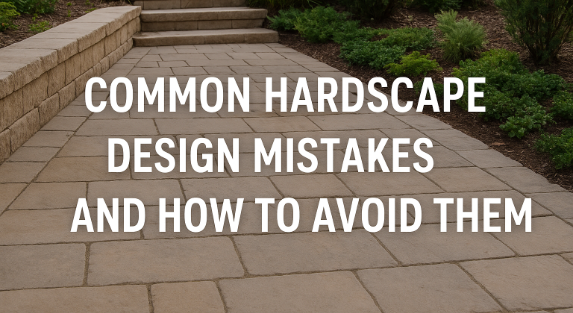
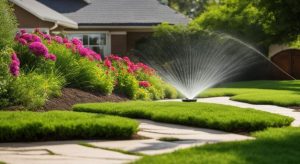
 .
.